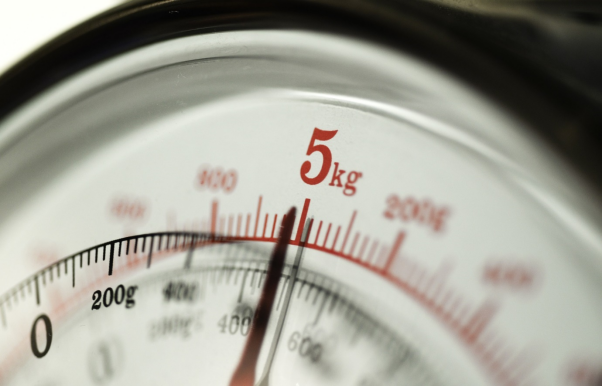How Fractional Distillation Works
Fractional distillation is a purification process for
crude oil that helps separate different components at various boiling
temperatures. Crude oil predominantly consists of alicyclic,
aromatic, and aliphatic hydrocarbons. But there
are other organic substances in it, too, including carbon (84%), sulfur (up to
3%), nitrogen (1%), oxygen (1%), and mineral salts (0.1%).
All the elements found in crude oil have different densities, proportions, and boiling points. In order to separate them, the raw substance is treated to high temperatures so that once the liquid arrives at one element’s boiling point, it can be distilled. This process is known as fractional distillation. Here’s more on how fractional distillation works.
Heating the Liquid
First,
crude oil is heated with a high-pressure steam to a high
temperature of approximately 1112 degrees Fahrenheit or 600 degrees Celsius.
Once the mixture arrives at its boiling point, the element with the lowest
boiling point starts to vaporize first, followed by the next element, which has
a higher boiling point.
Distillation
Once the element enters the vapor phase, the gaseous
fumes enter the fractional distillation column—a long cylindrical column
stuffed with trays with punctured holes that allow the vapor to pass. These
impediments increase the contact area that the vapors have with a cold surface,
enabling them to condense into liquid form. As the gases turn liquid, they drip
from the other end into a separate container.
The column has a temperature gradient; it’s hot toward
the bottom and cooler at the top. Since the vapors of each substance have different
boiling points, fractions with the highest boiling point will condense at the
lowest end of the column, whereas those with a low boiling point will travel
farther before they condense. The trays placed under each collection point
gather the distilled fractions safely as they drip throughout the process.
Benefits of Fractional
Distillation
While there are different methods of separating
mixtures, fractional distillation allows liquid substances with components with
narrow differences in boiling points to separate. This is the foundation of the
oil-refining process before the components are chemically processed and
packaged. Even though large volumes of crude oil are distilled continually,
only a fraction of that yields gasoline and other products in demand. Since a
small percentage of the distilled components are ready for the market, it’s
imperative that oilfield companies conduct distillation with great care.
If you’re looking for affordable but high-quality oilfield
instrumentation, look no further.
Contact Instruments is a leading
manufacturer of OEM instrumentation in Canada with a production facility in
Leduc, Alberta. They supply drilling equipment such as mud
pressure gauges, custom cables,
or clipper weight indicators for Canadian and American oil companies at
affordable rates.
Check out their full range or call at 780-955-8998 for more
information.




Comments
Post a Comment